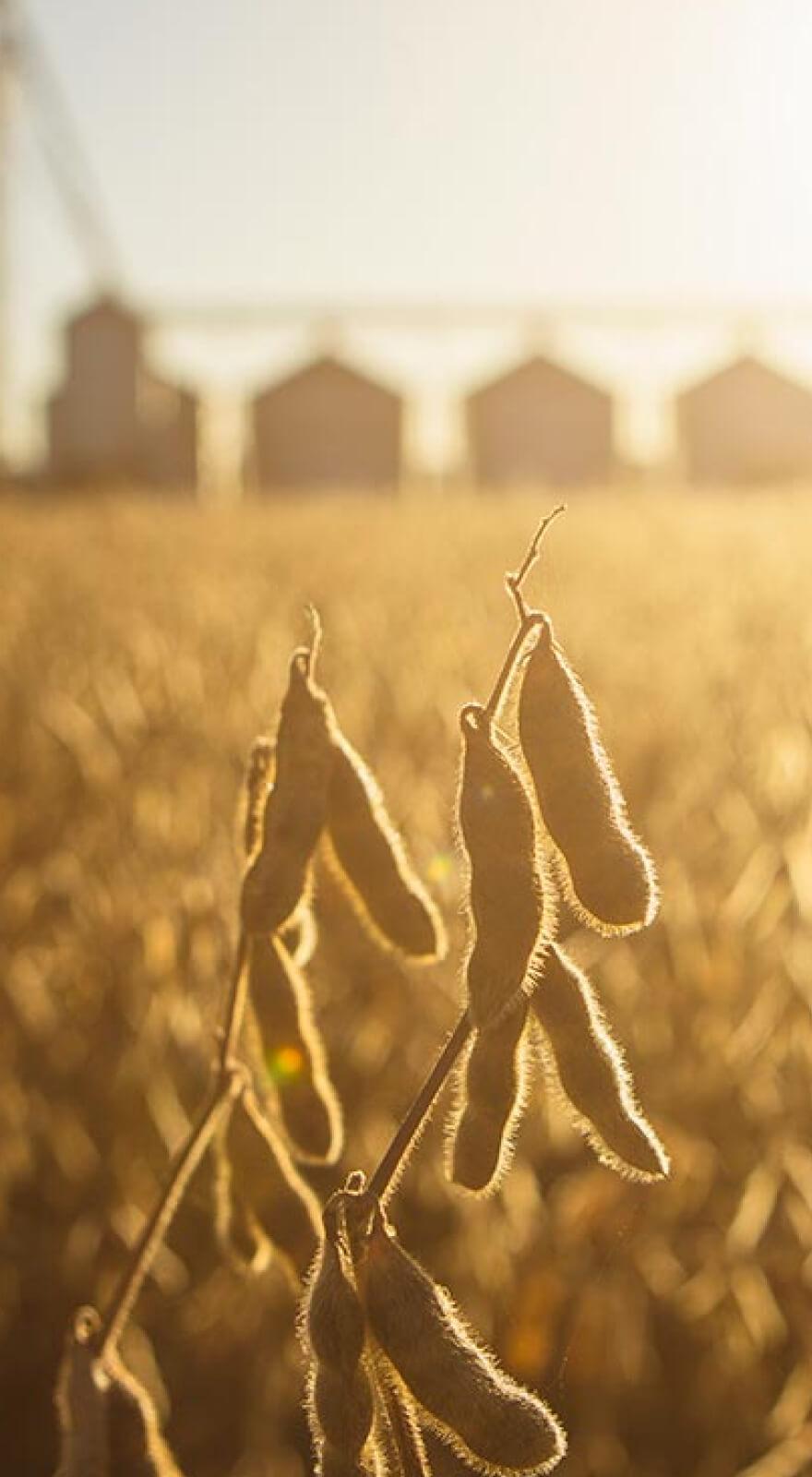Knowde Enhanced TDS
Identification & Functionality
- Chemical Family
- IRAC Code
- Agrochemical Functions
- Technologies
- Product Families
Features & Benefits
- Features
Rapidly penetrates plant tissue to reduce chances of washing away in rainfall or irrigation; Provides up to three weeks of dependable residual control of pests as listed on the label, including aphids, thrips, whiteflies, beetles, plant bugs, stink bugs and Lepidopteran larvae.
Applications & Uses
- Markets
- Applications
- Applicable Crop
- Application Technique
- Insecticide Target Species
- Applications
Can be applied using aerial, ground and air blast or air-assisted equipment
- Directions for USe
It is a violation of Federal Law to use this product in a manner inconsistent with its labeling. READ ENTIRE LABEL. USE STRICTLY IN ACCORDANCE WITH PRECAUTIONARY STATEMENTS AND DIRECTIONS AND WITH APPLICABLE STATE AND FEDERAL REGULATIONS.
Do not apply this product in a way that will contact workers or other persons, either directly or through drift. Only protected handlers may be in the area during application. For any requirements specific to your State or Tribe, consult the agency responsible for pesticide regulation.
AGRICULTURAL USE REQUIREMENTS Use this product only in accordance with its labeling and with the Worker Protection Standard, 40 CFR part 170. This Standard contains requirements for the protection of agricultural workers on farms, forests, nurseries, and greenhouses, and handlers of agricultural pesticides. It contains requirements for training, decontamination, notification and emergency assistance. It also contains specific instructions and exceptions pertaining to the statements on this label about personal protective equipment (PPE) and restricted-entry interval. The requirements in this box only apply to uses of this product that are covered by the Worker Protection Standard. Do not enter or allow worker entry into treated areas during the restricted-entry interval (REI) of 24 hours. PPE required for early entry to treated areas that is permitted under the Worker Protection Standard and that involves contact with anything that has been treated, such as plants, soil, or water, is: • coveralls • chemical-resistant gloves made of any waterproof material • shoes plus socks.
NON-AGRICULTURAL USE REQUIREMENTS The requirements in this box apply to uses of this product that are NOT within the scope of the Worker Protection Standard for agricultural pesticides (40 CFR Part 170). The WPS applies when this product is used to produce agricultural plants on farms, forests, nurseries or greenhouses.
Do not enter or allow others to enter until sprays have dried.
Safety & Health
- Precautionary Statements
HAZARDS TO HUMANS & DOMESTIC ANIMALS
CAUTION Harmful if swallowed.
PERSONAL PROTECTIVE EQUIPMENT (PPE) Some materials that are chemical-resistant to this product butyl rubber, nitrile rubber, or neoprene. If you want more options, follow the instructions for category A on an EPA chemical-resistance category selection chart. Mixers, Loaders, Applicators and Other Handlers must wear: Long-sleeved shirt and long pants, chemical-resistant gloves and shoes plus socks. In addition, all Mixers and Loaders and all Applicators using low pressure hand wand application equipment must wear: A NIOSH-approved dust mist filtering respirator with MSHA/NIOSH approval number prefix TC-21C or a NIOSH-approved respirator with any N, R, P or HE filter. See Engineering Controls for additional requirements. Engineering Controls: Pilots must use an enclosed cockpit in a manner that meets the requirements listed in the Worker Protection Standard (WPS) for agricultural pesticides [40 CFR 170.240(d)(6)]. The use of human flaggers is prohibited. Follow the manufacturer’s instructions for cleaning/maintaining PPE. If no instructions for washables exist, use detergent and hot water. Keep and wash PPE separately from other Laundary
Users should: • Wash hands before eating, drinking, chewing gum, using tobacco or using the toilet. • Remove clothing/PPE immediately if pesticide gets inside. Then wash thoroughly and put on clean clothing. • Remove PPE immediately after handling this product. Wash the outside of gloves before removing. As soon as possible, wash thoroughly and change into Clean Clothing.
Storage & Handling
- Storage and Disposal
Do not contaminate water, food or feed by storage, disposal or cleaning of equipment.
PESTICIDE STORAGE Keep pesticide in original container. Do not put concentrate or dilute into food or drink containers. Store in a cool, dry place. Protect from excessive heat. Do not contaminate food or foodstuffs. Do not store or transport near feed or food. For help with any spill, leak, fire or exposure involving this material, call day or night 1-888-462-6822.
PESTICIDE DISPOSAL: To avoid wastes, use all materials in this container by application according to label directions. If wastes cannot be avoided, offer remaining product to a waste disposal facility or pesticide disposal program (often such programs are run by state or local governments or by industry).
CONTAINER DISPOSAL Nonrefillable container. Do not reuse or refill this container. Completely empty canister into application equipment. Do not reuse container. Dispose of empty canister in a sanitary landfill or by incineration, or offer for recycling, if available, or if allowed by State and local authorities, by burning. If burned, stay out of smoke.

